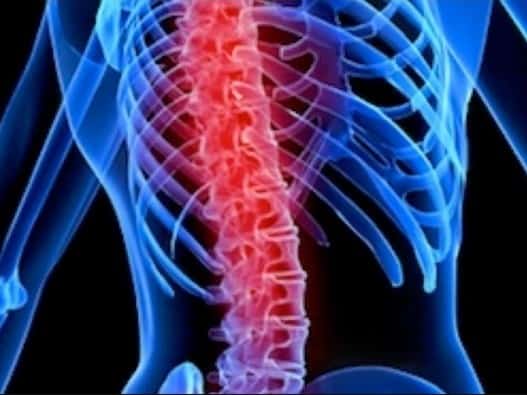
 Can stem cell therapy help treat spinal cord injuries?
Can stem cell therapy help treat spinal cord injuries?
Spinal cord injuries are among the most dramatic and devastating of all injuries, in part because they stem from traumatic accidents but also because there are very few treatment options.
While medical advances have been made in the areas of injury management and improved long-term functioning, for those dealing with spinal cord injuries the sad truth is that researchers have yet to come up with a cure for paralysis.
Victims of spinal cord injuries are left facing a lifelong disability, one that comes not only with a range of personal burdens but which also extracts its toll on the healthcare system — studies have shown that the lifetime economic burden of spinal cord injuries in Canada ranges between $1.5 to $3.0 million per individual.
Stem cell therapy showing promise in treating spinal cord injuries…
Yet cell therapies represent one area of current research that appears likely to deliver positive results. According to a new study from researchers with the University Health Network and the University of Toronto, the neuroregenerative potential of this approach is promising.
Cell therapy, which in general refers to any procedure involving the implantation of cells, comes in different guises in spinal cord research, depending on the type of cells employed. Clinical research is already being performed using stem cells, which have the ability to self-renew and to differentiate into a variety of specialized cells, and glial cells, which support neural functioning.
The aim in both cases is to introduce the new cells so as to encourage regrowth of nerve fibres where they have been severed and thereby restore nerve function, a seemingly impossible task, since along with the structural damage caused by spinal cord injury comes a series of secondary events such as scarring and inflammation which, although normal bodily repair processes, can effectively impede the chances at regrowth and reconnection of neural networks.
Reviewing the current state of affairs in spinal cord research, the researchers find that cell therapies, especially those that combine more than one approach, are showing promise but need further study and clinical trials. “While combinatorial treatments using cell-coupling, trophic factors, biomaterials, and rehabilitation, may help to improve stem cell effectiveness among a heterogeneous patient population, there is still much research required to optimize their application,” say the study’s authors.
The researchers found that in early clinical trials, for example, cell therapies have shown “modest” improvements connected to functional recovery, yet they say that the results are encouraging and that even slight enhancements in sensation and function for those dealing with spinal cord injuries are often quite meaningful. “It is clear that a lot remains to be understood in the translation of stem cell therapies,” say the study’s authors. “However, given the significant strides in laboratory work, we should not lose sight of their potential.”
The new research is published in the journal Expert Opinion on Biological Therapy.
The primary causes of spinal cord injuries are motor vehicle accidents and unintentional falls, each accounting for a little over 40 per cent of spinal cord injuries. According to Spinal Cord Injury Ontario, there are 1,500 new spinal cord injuries each year and a total of 86,000 Canadians currently living with spinal cord injuries.
Comment
One thought on “Stem cell therapy shows promise in treating spinal cord injuries, Canadian study”
Leave a Reply
You must be logged in to post a comment.



 Share
Share Tweet
Tweet Share
Share




WHEN WILL THE GODDAMN CURE FOR PARALYSIS BE HERE? 200 YEARS?